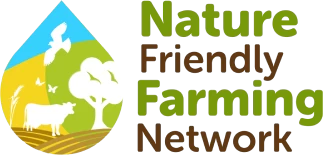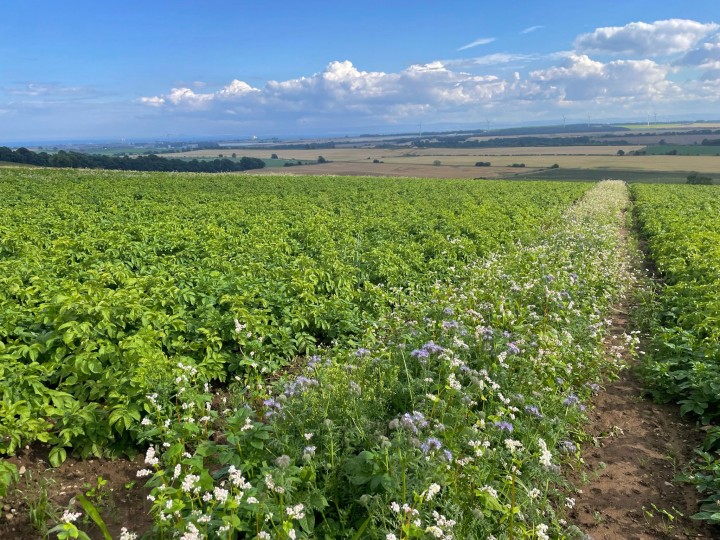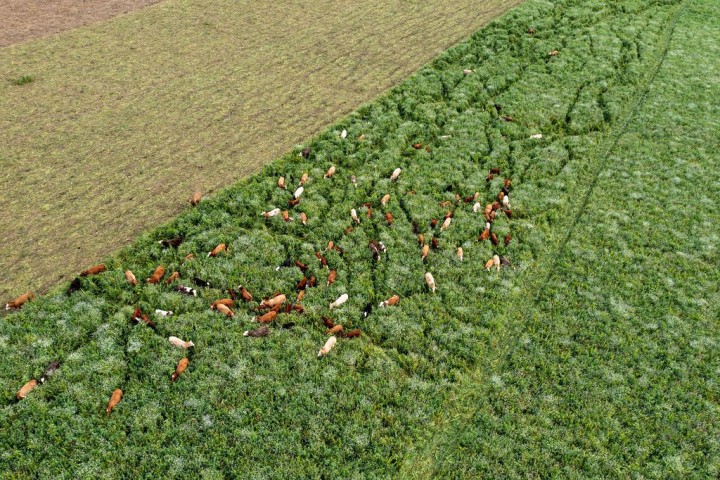At Balbirnie Home Farms, we farm a large mixed lowland farm in Fife, Scotland, with combinable crops, vegetables, cattle and forestry. Our aim over the past few years has been to regenerate the soil and to work with nature to provide the nutrients our plants need to grow as well as integrate our enterprises as much as possible. We use the principles of regenerative agriculture to guide our decision-making.
Reduce disturbance
We reduce tillage as much as possible to keep the mycorrhizal fungi in the soil alive and we are reducing chemical disturbance across the farm too including no insecticides and only 1 fungicide on 1 of our 4 combinable crops. This all keeps the soil more active and provides food for wildlife further up the food chain.
Keep the soil covered
Soil erosion kills life. By keeping the soil covered, soil erosion is reduced and life can flourish. We do not plough and reseed our pastures anymore meaning that our pastures are always covered. Anecdotally, we see more birds when walking around the cattle.
Living roots
Living roots in the soil exchange nutrients and contribute to the life of the soil. We have broadcast seeds into our cereal crops which are growing at the bottom when the crop is harvested. This relay of growing plants means that we can harvest more sunlight and water and contribute to increasing the soil life.




